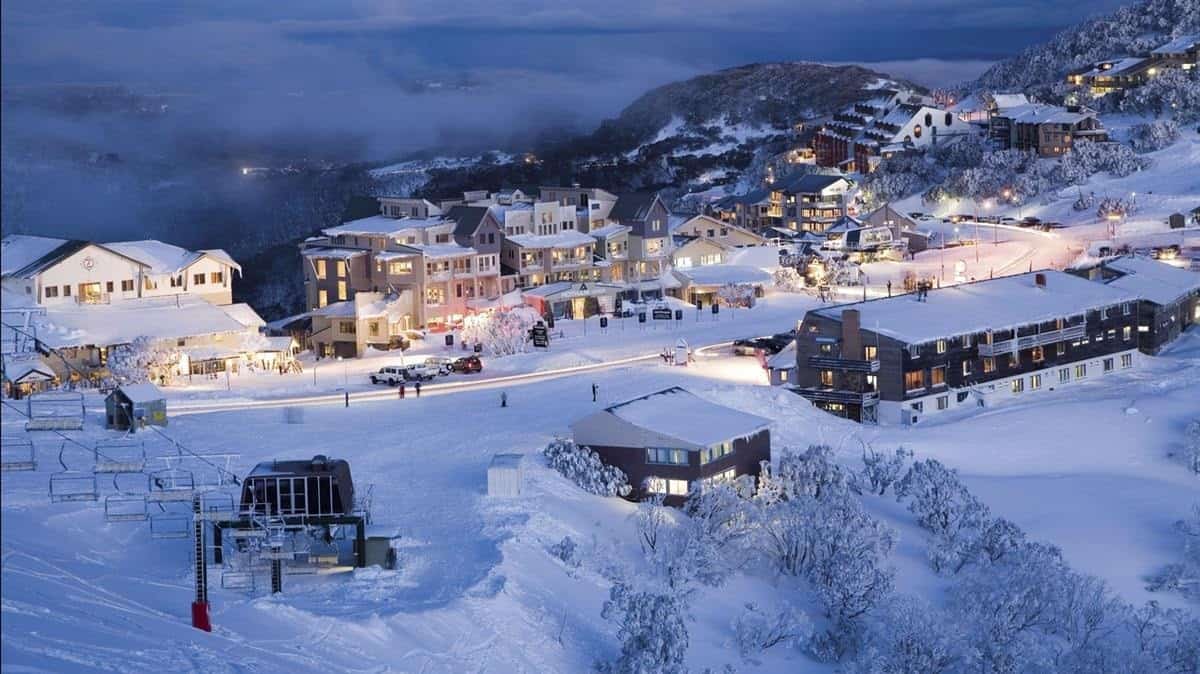Discover the Top Ski Resorts and Snowy Destinations for Snow In Australia
Discover the Top Ski Resorts and Snowy Destinations for Snow In Australia
Blog Article
Discover the Interesting Effects of Snow in Australia on Neighborhood Ecological Communities
Regardless of its online reputation for sun-soaked landscapes, Australia also flaunts regions buried by snow-- a sensation that profoundly influences the country's special communities. The shielding properties of snowflakes safeguard plants and animals amidst the chilliest winters, while the melting snow supports rivers and water life. The real marvel lies in how these wintry problems shape the nation's biodiversity and nutrient cycles. As we unravel this intricate partnership, we locate ourselves treading on unexplored premises in Australia's high country.
The Unforeseen Areas of Snowfall in Australia
Although Australia is usually connected with sun-scorched landscapes and sandy beaches, particular regions remarkably experience snowfall. The high country areas of New South Wales, Victoria, and Tasmania are particularly recognized for their winter season snow. The Snowy Hills in NSW, for example, get bountiful seasonal snow, providing a stark contrast to the nation's normal warm, arid climate. On the other hand, the Victorian Alps and parts of Tasmania likewise see yearly snowfalls, transforming the landscape right into a wintertime heaven. These areas are not simply abnormalities yet important components of Australia's varied environment system. The presence of snow in these regions dramatically influences local communities, ultimately influencing the country's distinct biodiversity. The details impact on Australia's distinctive plants will certainly be gone over in the next section.

Exactly How Snow Impacts Australia's One-of-a-kind Plants
While it may appear uncommon, snowfall in Australia plays an important role fit the country's unique flora. The snow-filled winters months foster strength in Australian plant types. This is especially noticeable in the sub-alpine and alpine regions, where snow periodontals and hill plum-pines prosper. These plants have progressed to survive in severe conditions, with snow serving as a safety blanket from severe winds and freezing temperature levels. The snow also adds to the dampness web content of the soil, supplying necessary hydration for plant during the dry summertime. In essence, the snow influences the timing of blooming and seed dispersal, the growth rates, and the survival of numerous plant varieties, showcasing the see post detailed interplay between environment and plants in Australia.

The Adjustments of Australian Animal to Snowfall
Equally as Australia's plants has actually adapted to the wintery problems, the neighborhood animals as well, show remarkable adjustments moved here to the snowfall. Species like the Hill Pygmy-possum, the only Australian marsupial known to hibernate, have actually developed techniques to endure in snowy environments. It makes use of the snow as insulation, hibernating in rock crevices beneath the snow to remain cozy. Similarly, the Snow Skink, a species of reptile, alters its colour to white during winter season, giving camouflage versus predators. Birds such as the Snowy Hills' Crimson Rosella additionally adjust their diets to consume readily available food resources during colder durations. Therefore, regardless of the extreme conditions, Australian fauna demonstrates a adaptive and resistant nature, ensuring their survival in areas experiencing snowfall.
The Function of Snow fit Local Environments
In shaping the regional communities, the role of snow in Australia is both extensive and multilayered. Snow offers a critical water resource, feeding rivers and storage tanks as it thaws, hence sustaining a range of marine life kinds. The presence of snow forms the greenery patterns, pet behavior, and overall sustainability of Australia's unique ecological communities.

The Future of Snowfall in Australia: Forecasts and Ramifications

Provided the crucial role snow plays fit regional ecological communities, the future of snowfall in Australia is drawing boosting focus from researchers and environmentalists. Existing environment designs forecast a considerable decline in snowfall because of international warming, with potentially extensive effects on regional ecological communities. Less snow might result in reduced water accessibility in alpine areas, detrimentally impacting wildlife habitats and plant life. Additionally, it can alter the timing of seasonal adjustments, interfering with the life process of numerous indigenous varieties. The tourism market, greatly dependent on the winter season snow period, might also face substantial challenges. Consequently, comprehending these predictions and their effects is crucial to develop reliable preservation strategies, ensuring the conservation of Australia's one-of-a-kind biodiversity and the sustainability of its economy.
Conclusion
The role of snow in Australia's environments is crucial yet usually ignored. Thus, the snow in Australia is a lot more than an all-natural phenomenon; it's an important gamer in the country's ecological narrative.
Despite its online reputation for sun-soaked landscapes, Australia likewise boasts regions blanketed by use this link snow-- a phenomenon that exceptionally influences the country's one-of-a-kind communities. It uses the snow as insulation, hibernating in rock holes below the snow to remain cozy - Does It Snow In Australia.In shaping the local communities, the function of snow in Australia is both multilayered and profound. The visibility of snow shapes the vegetation patterns, animal habits, and general sustainability of Australia's special communities
Offered the vital function snow plays in shaping local communities, the future of snowfall in Australia is drawing enhancing attention from scientists and conservationists.
Report this page